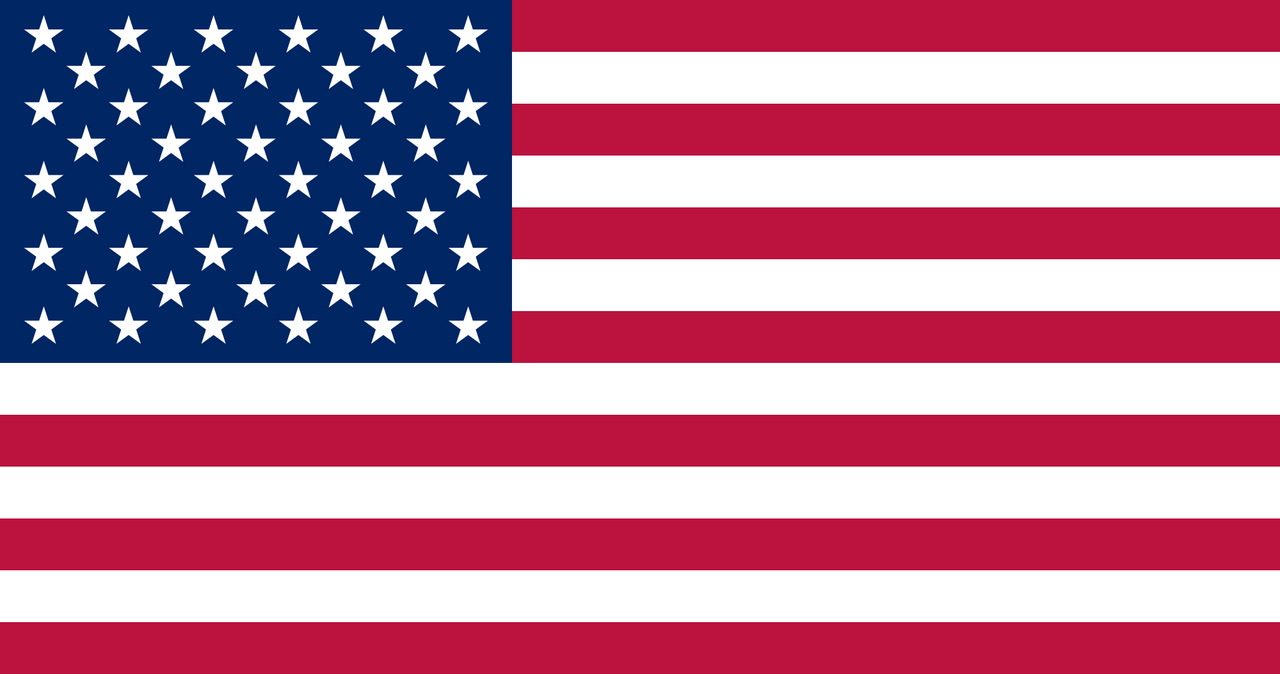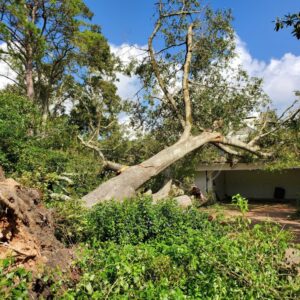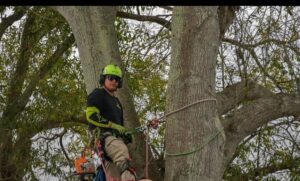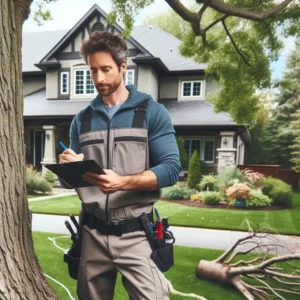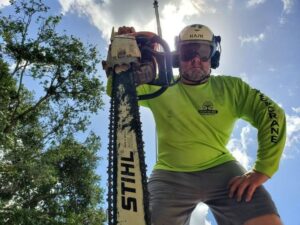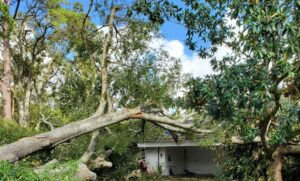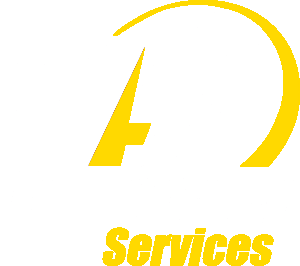
1. Introduction to Tree Pruning
Understanding the Importance of Pruning
Pruning is not just about aesthetics, it’s a powerful tool for tree care. Regular pruning not only enhances the beauty of your landscape but also promotes better structure, reduces risks, and enhances overall appearance. It’s a crucial part of maintaining tree health and ensuring the longevity of your trees.
The Impact of Pruning on Tree Health
Pruning stimulates growth, removes dead or diseased branches, and encourages better air circulation. It helps in maintaining the tree’s shape and health. Think of it as a spa day for your trees! Regular pruning can keep your trees healthy and attractive for years to come.
2. When to Prune: Identifying the Right Time
Seasonal Pruning Guide
Timing is key! Pruning during the dormant season (winter) is ideal for optimal results. It’s easier to see the tree’s structure when the leaves have fallen, and it’s less likely to cause stress to the tree. Spring pruning leads to vigorous growth, while summer pruning slows it down. Understanding these nuances can make you a confident pruner.
Signs Your Tree Needs Pruning
As a homeowner or a gardener, you play a crucial role in maintaining the health of your trees. Look out for crossed branches, deadwood, or limbs encroaching on power lines. These are signs that it’s time to grab those pruning shears. Tree pruning services at the right time can improve trees health and prevent any potential hazards.
3. Pruning Techniques: The Basics
Different Pruning Cuts and Their Purposes
Understanding the different pruning cuts is essential. Thinning cuts, heading cuts, and reduction cuts each serve a specific purpose in shaping your tree and maintaining its health. Thinning cuts remove entire branches, heading cuts remove a portion of the branch, and reduction cuts reduce the size of the branch while maintaining its structure.
How to Make the Right Cut
Remember the 1/3 rule: never remove more than a third of a branch. Cut just outside the branch collar to promote healing. Making the right cut will ensure that your tree remains healthy and strong. Incorrect cuts can lead to stress on the tree and make it more susceptible to disease and pests.
4. Advanced Pruning Strategies
Shaping Trees for Aesthetics and Health
Selective branch pruning can help create that picturesque tree silhouette. This process is like tree sculpting and helps maintain the tree’s health. Proper shaping also promotes better air circulation, reducing the risk of disease.
Thinning vs. Topping: What’s Best for Your Tree?
Avoid topping, as it weakens the tree. Instead, thin out crowded branches to improve light penetration and air circulation. This will help the tree maintain its shape and health. Thinning cuts remove entire branches and are a more effective way to promote tree health and shape.
5. Tools of the Trade
Essential Tools for Effective Pruning
Invest in quality pruning shears, loppers, and saws. Keep them sharp and well-maintained to prevent damage to the tree. Using dull tools can lead to jagged cuts, making the tree susceptible to disease.
Maintaining Your Pruning Equipment
Clean tools after each use to prevent disease transmission. A little TLC goes a long way in ensuring the longevity of your tools. Regular maintenance can save you money in the long run and make pruning easier.
6. Safety First: Pruning with Care
Personal Protective Equipment (PPE) for Pruning
Wear gloves, eye protection, and a hard hat to avoid injury while pruning. Safety should always be a top priority. Pruning can be dangerous, and proper PPE can reduce the risk of injury.
Avoiding Common Pruning Hazards
Watch out for falling branches and unstable footing. Pruning can be risky, so it’s essential to stay alert and cautious. Continually assess the area around the tree and use a ladder or harness if necessary.
7. Hiring a Professional Arborist
When to Call in the Experts
For large trees or complex pruning, consult an arborist. They are professional tree whisperers who can ensure your tree stays healthy and looks great. Professional arborists have the tools and experience to prune your tree safely and without causing damage.
What to Look for in a Tree Care Professional
Credentials, experience, and references matter when choosing an arborist. It’s essential to choose wisely to ensure your tree is in good hands. Look for an arborist who is licensed, insured, and has a good reputation in your community.
8. Post-Pruning Care
Aftercare Tips for Pruned Trees
Water well, monitor for stress, and avoid heavy fertilization. Your pruned tree needs some pampering to help it recover from the pruning process. Proper aftercare can help your tree recover quickly and stay healthy.
Monitoring Tree Recovery and Growth
Observe new shoots and branch development to ensure your tree is recovering well. This will help you identify any issues early on. Regularly monitoring your tree’s growth can help you identify potential problems and take action before they become more serious.
9. The Future of Tree Care
Innovations in Tree Pruning and Maintenance
Stay tuned for tech-savvy solutions in tree care. Drones, advanced sensors, and predictive algorithms are just some of the innovations shaping the future of tree care. These technologies can help arborists better understand trees’ needs and provide more effective care.
The Role of Technology in Arboriculture
Technology is playing an increasingly essential role in tree care. From smart sensors to predictive algorithms, technology is helping arborists better understand trees’ needs and how to care for them. With the help of technology, arborists can provide more effective care and keep trees healthy for years to come.
